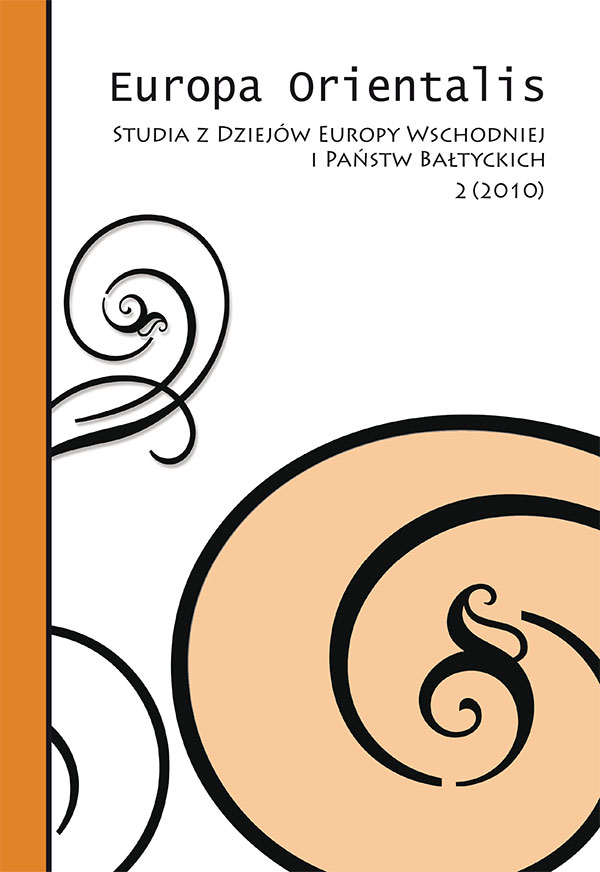Traditions of Grand Duchy of Lithuania in Polish infantry 1918–1939
DOI:
https://doi.org/10.12775/EO.2010.007Abstract
Traditions are very important element of mass conciousness, which should characterize both society and army. Until recently on the European continent military traditions were one of important and carefully cultivated. One of the elements in the multithreaded traditions functioning in Polish armed forces before 1939, was the ethos of former Polish-Lithuanian Commonwealth and thus the memory of the relationship between the Crown and Grand Duchy of Lithuania. As well, building the consciousness of those traditions in the military was convergent with the official policy of Polish political elites. One of the ways in which in the years 1921–1939 the Polish armed forces operated in the ethos of the former Polish-Lithuanian Commonwealth. In addition to native Polish, and military traditions of the lands forming part of the former Grand Duchy of Lithuania were cultivated. In the course of training some conscripts from this lands an educational content recommended by the chief military authorities was used. Important components of this tradition were the bosses and the names and branches of the Polish Army and elements of symbolism and even departmental banners or commemorative badges. Therefore, the author tried to present the history of all infantry formations of the Polish Army in the years 1918–1939, which were cultivating ethos of the former Grand Duchy of Lithuania. As well described how these facts were externalized in symbolic representation of those formations: banners, own names and commemorative badges. In addition, author gives information how these facts were used in the process of training and education of soldiers serving in these regiments.
Downloads
Published
How to Cite
Issue
Section
Stats
Number of views and downloads: 995
Number of citations: 0



